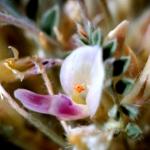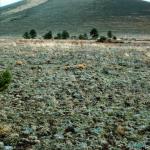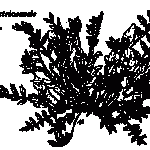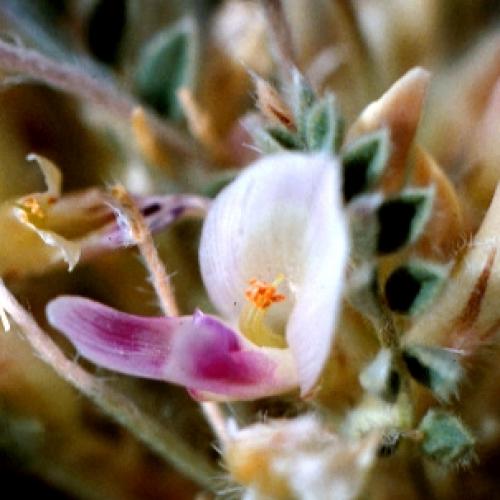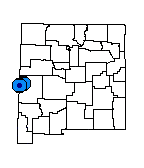Astragalus nutriosensis (Nutrioso Milk-Vetch)
Family
FABACEAE
Synonyms
NONE
Common Name
Nutrioso Milk-Vetch
| USFWS | State of NM | USFS | BLM | Navajo Nation | State Rank | Global Rank | R-E-D Code | NMRPTC Status | Strategy Status |
|---|---|---|---|---|---|---|---|---|---|
| S1 | G2 | 2-1-2 | R | SS |
| Overall Conservation Status | Documented Threats | Actions Needed |
|---|---|---|
| UNDER CONSERVED | No Information |
Status surveys on abundance, distribution and threats |
Description
Dwarf, acaulescent, perennial herb from a well-developed, short, but knotty caudex on a simple taproot; leaves 3-11 cm long, pinnately compound with 5-9 pairs of leaflets, each leaflet grayish pubescent below and nearly glabrous on the upper surface; inflorescence a short raceme of 2-5 flowers, flowering stem (peduncle) very short and usually not raising the flowers above the basal leaves; flowers pea-like, about 2.2 cm long, petals white with pink-purple veins or tips, banner petal barely recurved; pods about 10 mm long and 7 mm wide, pubescent, completely bilocular. Flowers in May.
Similar Species
Astragalus mollissimus var. mathewsii is very closely related, but can usually be distinguished by its purple flowers, somewhat longer peduncles, larger pods, and leaflets that are hairy on both surfaces. An unusual pink-flowered, short-peduncled variant of var. mathewsii occurs in Cibola County (lower Lobo Canyon, Mount Taylor). This variant can be distinguished from A. nutriosensis only by its slightly larger pods and upper surfaces of its leaflets being strigose pubescent.
Distribution
New Mexico, northwestern Catron County; adjacent eastern Arizona in the Rio Nutrioso Basin.
Habitat
Volcanic silty clay soils in gently sloping grama grassland, occasionally in piñon-juniper woodland; 2,140-2,240 m (7,000-8,000 ft).
Remarks
A narrow endemic that has apparently evolved from A. mollissimus via A. mollissimus var. mathewsii. Populations within its range appear to be sporadically distributed. Isely (1998) does not record the species from New Mexico.
Conservation Considerations
This species is unpalatable to livestock. It may be poisonous as is its close relative A. mollissimus and could become a target for noxious weed eradication programs. Its response to range fire has not been studied.
Important Literature
Isely, D. 1998. Native and naturalized Leguminosae (Fabaceae) of the United States. Monte L. Beane Life Science Museum, Brigham Young University, Provo, Utah.
*Sanderson, M.J. 1988. Astragalus nutriosensis (Fabaceae): A new species from eastern Arizona. Madroño 35(4):325-329.
Information Compiled By
Robert Sivinski 1999
For distribution maps and more information, visit Natural Heritage New Mexico

